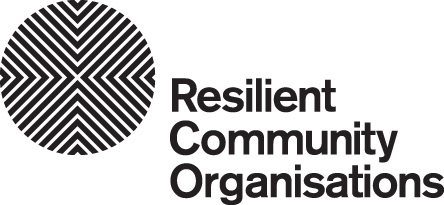Emergency Management
Emergency Management is about managing risks to communities and the environment. It is the core business of Emergency Services but every individual and organisation has a part to play.
Emergency Management is about:
- Prevention
- Preparedness
- Response and
- Recovery.
Leaders in organisations need to know their roles and responsibilities in each phase of the emergency management cycle and lead their organisation through them.
Prevention – actions undertaken in advance. Sometimes this is referred to as mitigation. Examples include back-burning or constructing sea walls to protect from tidal waves, having alternative sources of electricity or alternative communication systems in place. Prevention activities should be happening all the time.
Preparedness – making arrangements, creating and testing plans, training, educating and sharing information to prepare communities should an emergency eventuate. These are also ACTIONS and they are happening all the time.
Response – the assistance and intervention during or immediately after an emergency. Focus is on saving lives and protecting community assets (buildings, roads, animals, crops, infrastructure). Usually measured in hours, days or weeks.
Recovery – the coordinated process of supporting emergency-affected communities in reconstruction of physical infrastructure and restoration of emotional, social, economic and physical wellbeing. Usually measured in months and/or years.
The cycle
The cyclical nature of this model is important as it highlights that managing emergencies happens all the time, not just during ‘the season’ (for bushfires and cyclones, for example). It also shows the way the phases blend into each other and overlap rather than being discrete categories.
It is useful to be familiar with the four phases as they are part of the everyday language of the emergency management sector and inform the design and allocation of responsibilities in emergency management planning.
There are variations of this model in use throughout Australia. Emergency Management Victoria, for example, refer to a three phase emergency management cycle which includes prevention, recovery and response. Whilst the specific models may vary, they cover the same tasks.





